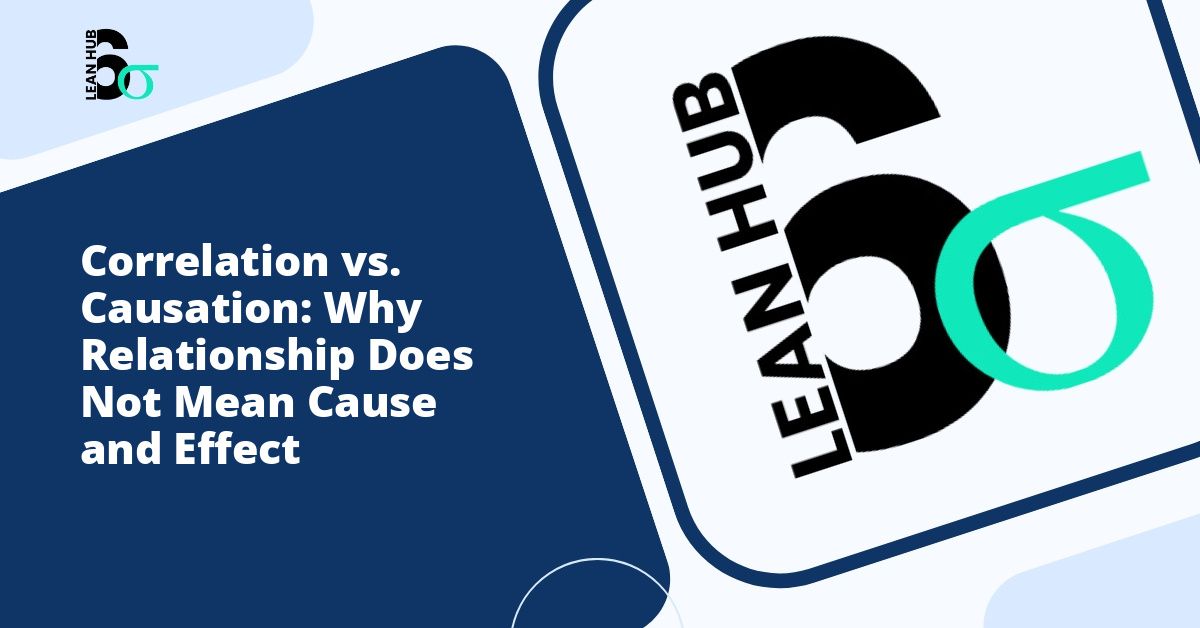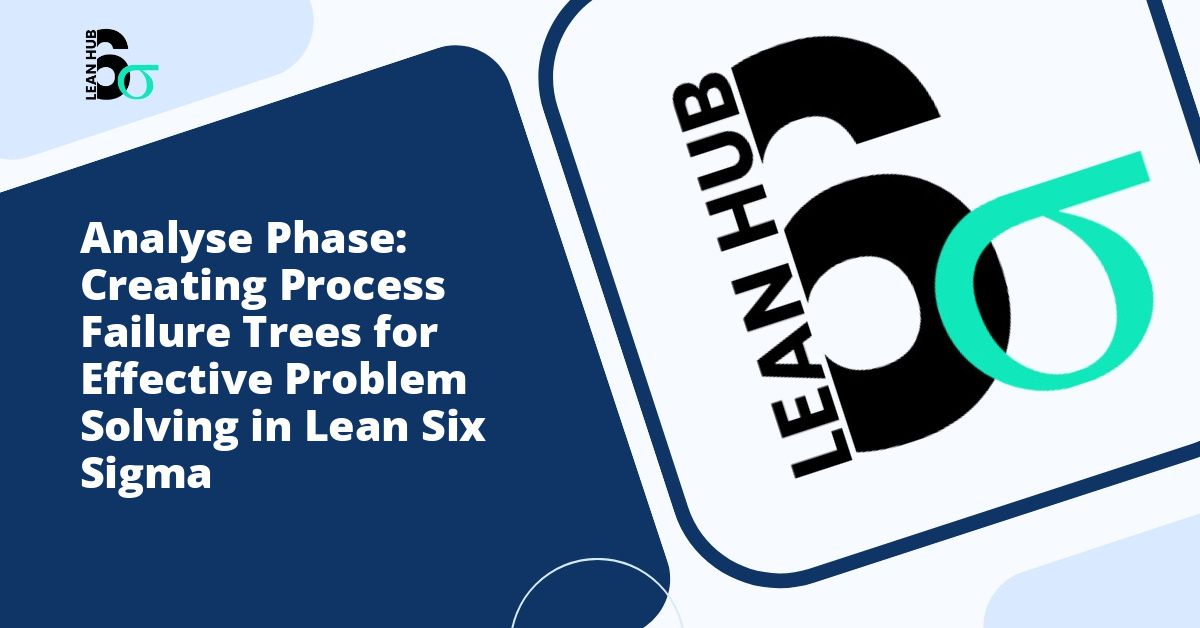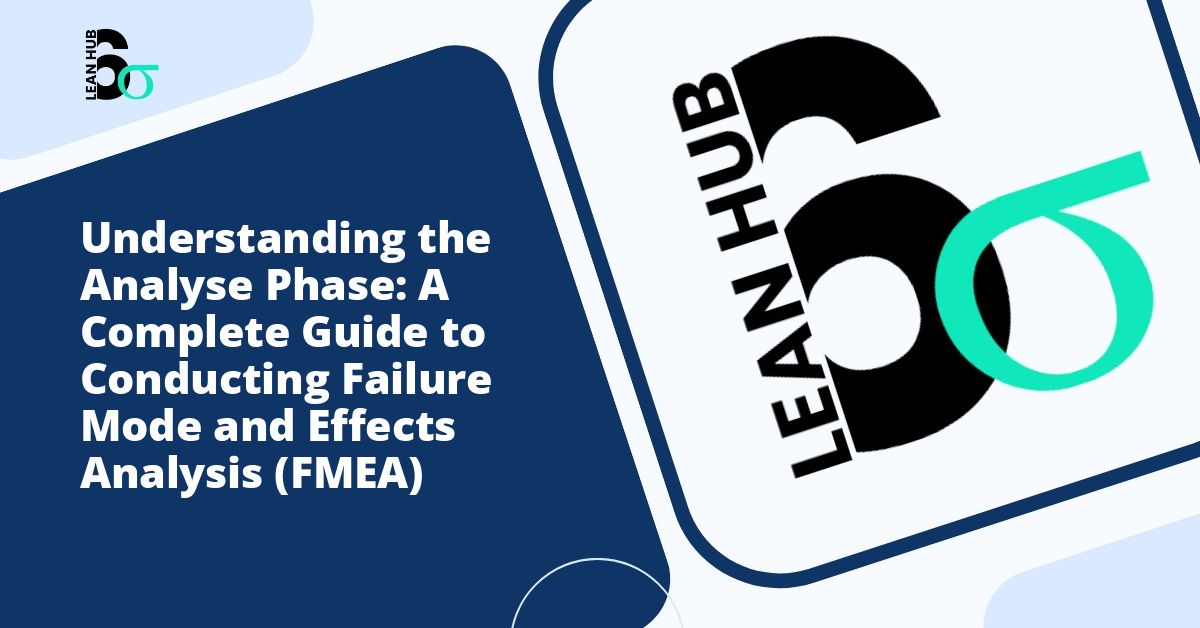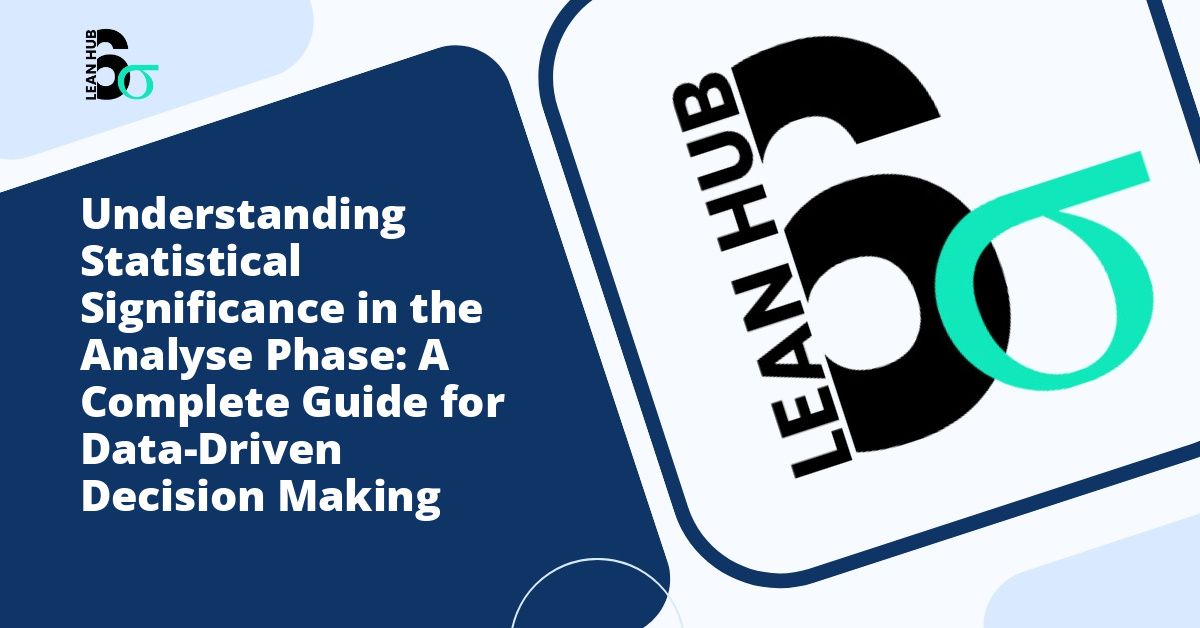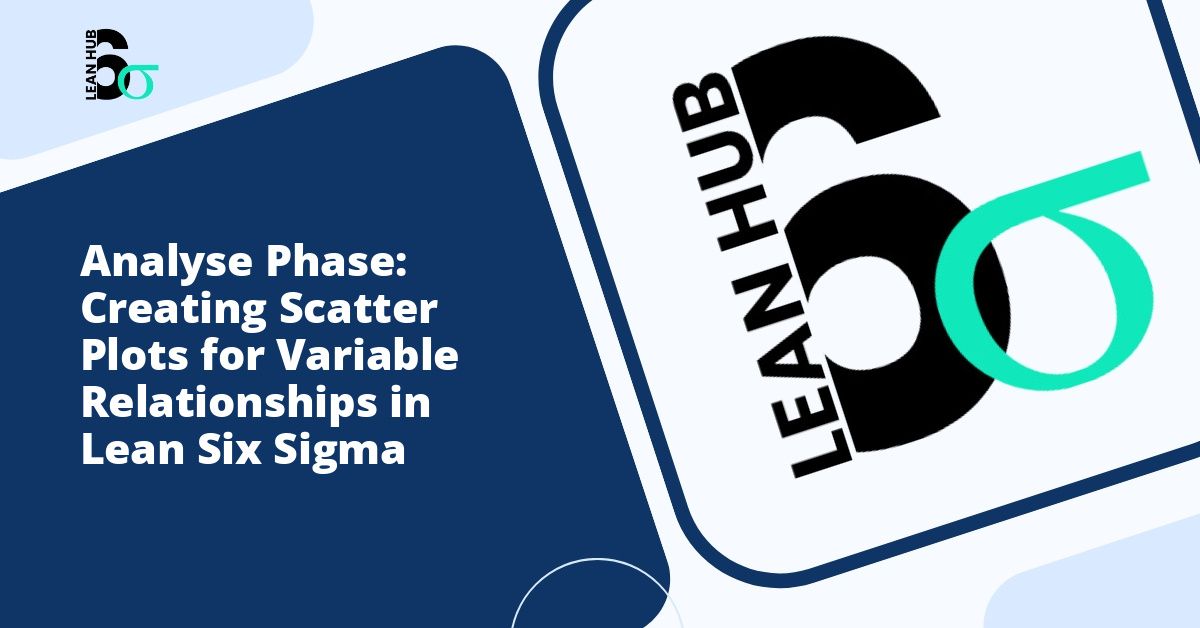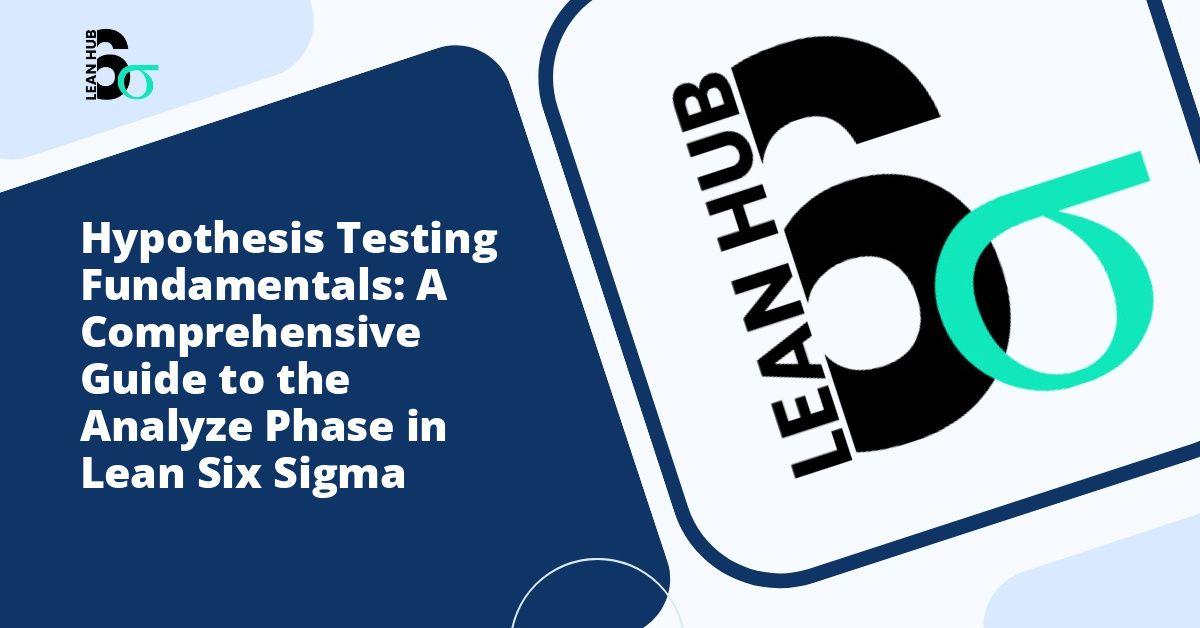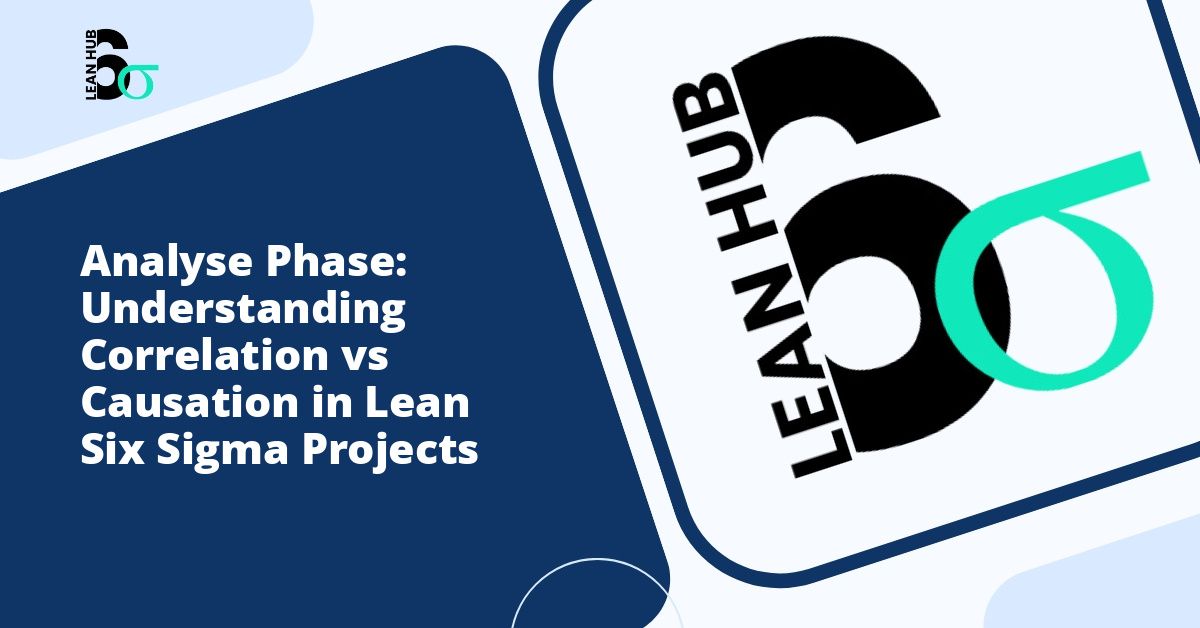In our data-driven world, understanding the difference between correlation and causation has never been more critical. Every day, we encounter statistics, studies, and claims that suggest relationships between various phenomena. However, mistaking a simple correlation for causation can lead to flawed conclusions, poor decision-making, and wasted resources. This comprehensive guide explores why recognizing the distinction between these two concepts is essential for anyone seeking to make informed decisions based on data.
Understanding the Fundamental Difference
Correlation refers to a statistical relationship between two variables where they tend to change together in a predictable pattern. When one variable increases, the other might increase (positive correlation) or decrease (negative correlation). Causation, on the other hand, means that one variable directly influences or causes changes in another variable. The key distinction is that correlation simply observes a relationship, while causation implies a direct cause-and-effect mechanism. You might also enjoy reading about How to Conduct a 5 Whys Analysis: Step-by-Step Guide with Examples.
Consider this example: ice cream sales and drowning incidents both increase during summer months. These two variables are correlated, but buying ice cream does not cause drowning. The actual explanation involves a third variable, warm weather, which causes both increased ice cream consumption and more people swimming, thereby increasing drowning incidents. You might also enjoy reading about Type I and Type II Errors: Understanding Statistical Decision Risks in Quality Management.
Why This Distinction Matters in Business and Quality Improvement
Understanding the difference between correlation and causation becomes particularly important in structured improvement methodologies. In lean six sigma projects, professionals must carefully analyze data to identify true causes of problems rather than merely observing coincidental relationships. During the recognize phase of problem-solving, teams gather data and identify patterns, but they must exercise caution not to jump to conclusions about causality without proper investigation. You might also enjoy reading about Fishbone Diagram Alternative Methods: Text-Based Root Cause Analysis for Problem Solving.
Misinterpreting correlation as causation can lead organizations to implement solutions that address symptoms rather than root causes. This results in wasted time, money, and effort while the actual problem persists. For instance, a company might notice that customer complaints correlate with a particular shift’s work hours and incorrectly conclude that those employees cause the problems, when the real issue might be equipment that performs poorly during those hours due to temperature changes.
Common Pitfalls When Interpreting Data
The Third Variable Problem
One of the most common reasons correlation does not imply causation is the presence of a lurking or confounding variable. This third variable influences both observed variables, creating an apparent relationship between them. In the ice cream and drowning example mentioned earlier, temperature is the confounding variable. Failing to identify these hidden factors can lead to completely incorrect conclusions about what causes what.
Reverse Causation
Sometimes, observers incorrectly identify which variable causes the other. For example, researchers might notice that people who exercise regularly tend to have better moods and conclude that exercise causes happiness. While this may be partially true, it is equally possible that people with better moods are more motivated to exercise. The causation might run in the opposite direction, or both directions simultaneously.
Coincidental Correlation
With enough data points and variables, some correlations will appear purely by chance. These spurious correlations have no meaningful connection whatsoever. Numerous websites catalog absurd correlations, such as the relationship between per capita cheese consumption and deaths by becoming tangled in bedsheets. These remind us that correlation alone tells us nothing about causation.
How to Determine True Causation
Controlled Experiments
The gold standard for establishing causation is the controlled experiment. By manipulating one variable while keeping all others constant, researchers can observe whether changes in the manipulated variable directly cause changes in the outcome. Random assignment of subjects to control and experimental groups helps eliminate confounding variables and strengthens causal claims.
Temporal Precedence
For one thing to cause another, the cause must precede the effect in time. This seems obvious, but establishing clear temporal relationships can be challenging with observational data. If Variable A truly causes Variable B, then changes in Variable A should consistently occur before changes in Variable B.
Mechanism and Plausibility
A convincing causal claim should include a plausible mechanism explaining how one variable influences another. Understanding the pathway through which causation occurs strengthens the argument and helps distinguish true causation from mere correlation. This becomes especially important in the recognize phase of problem-solving initiatives, where teams must develop theories about how various factors contribute to observed issues.
Consistency Across Studies
When multiple independent studies using different methods and populations all point to the same causal relationship, the evidence becomes more convincing. A single correlation observed once could be coincidence, but consistent findings across various contexts suggest a genuine causal mechanism.
Applying This Knowledge in Lean Six Sigma Projects
Quality improvement methodologies like lean six sigma emphasize data-driven decision-making, making the correlation versus causation distinction absolutely critical. During the define and measure phases, teams collect extensive data about processes and outcomes. However, the real work of identifying root causes happens in the analyze phase, building on insights from the recognize phase.
Practitioners use various tools to move beyond correlation toward causation:
- Fishbone Diagrams: These help teams brainstorm potential causes and consider multiple variables that might contribute to an observed problem.
- Five Whys Analysis: By repeatedly asking why a problem occurs, teams dig deeper than surface-level correlations to find root causes.
- Design of Experiments: This statistical method allows teams to systematically test which variables actually cause changes in outcomes.
- Regression Analysis: While still correlational, multiple regression can help identify which variables have the strongest relationships with outcomes when controlling for other factors.
The key principle in lean six sigma is never to implement solutions based solely on observed correlations. Teams must validate their hypotheses about causation through rigorous testing and analysis before making process changes.
Real-World Consequences of Confusion
Throughout history, mistaking correlation for causation has led to serious consequences. Medical practices were once based on observed correlations without understanding true causes, leading to ineffective or harmful treatments. In business, companies have made costly strategic decisions based on correlational data that did not reflect causal relationships.
Consider a retailer who notices that stores with more employees tend to have higher sales. If management concludes that hiring more employees causes increased sales, they might increase staffing across all locations. However, the correlation might actually reflect that successful, high-traffic stores need more employees to serve existing customers. Adding staff to low-performing stores would not address the real factors limiting their sales.
Developing Critical Thinking Skills
Recognizing the difference between correlation and causation is a crucial critical thinking skill. When encountering claims based on data, ask yourself these questions:
- Could there be a third variable causing both observed phenomena?
- Is the direction of causation clear, or could it run the opposite way?
- Could this relationship be coincidental?
- What is the proposed mechanism for causation?
- Has this relationship been tested experimentally?
- Does the timing make sense for a causal relationship?
These questions help guard against jumping to conclusions and promote more rigorous thinking about data and relationships.
Conclusion
The distinction between correlation and causation represents one of the most important concepts in statistical thinking and data analysis. While correlation can point us toward interesting relationships worth investigating, it alone never proves that one thing causes another. Whether you are working on lean six sigma projects, evaluating research studies, or simply trying to make sense of information in daily life, maintaining this distinction protects you from faulty reasoning and poor decisions.
By understanding these concepts deeply, particularly during the recognize phase of problem-solving, you can move beyond surface-level observations to identify true causes. This enables more effective interventions, whether you are improving business processes, evaluating health claims, or making personal decisions. In our increasingly data-rich world, the ability to think critically about correlation and causation is not just an academic exercise but a practical necessity for informed decision-making.

